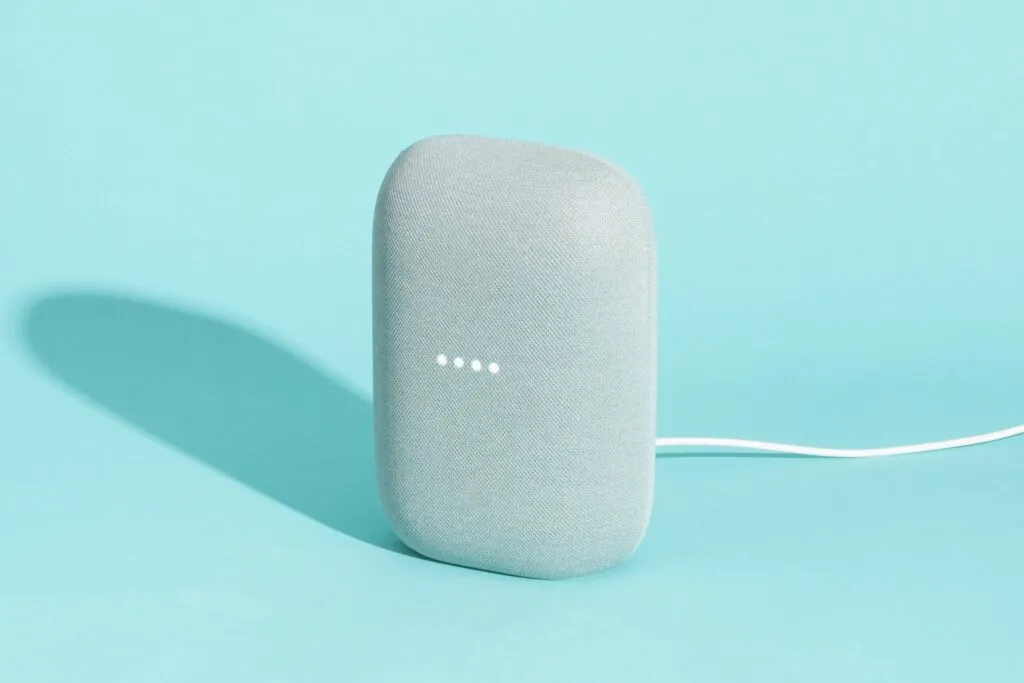
Understanding Multi-Room Audio Systems
Multi-room audio systems are designed to deliver a cohesive and synchronized audio experience throughout various areas of a home. At their core, these systems utilize smart speakers connected to a network, allowing users to stream music, podcasts, and audio content in multiple rooms simultaneously or independently. This interconnectedness elevates the listening experience, providing versatility for both casual listeners and audiophiles alike.
One of the primary benefits of multi-room audio setups is the ability for synchronized playback. Imagine hosting a gathering where the same playlist fills the living room, kitchen, and outdoor space, enhancing the atmosphere and keeping guests engaged. Alternatively, users can opt for different music selections in every room, tailoring each environment to individual preferences. This flexibility is particularly beneficial for families, as various members can enjoy their unique choices without disturbing one another.
Multi-room audio systems also offer seamless control across devices. Users can manage their audio settings through a smartphone app, voice commands, or even physical remotes. This centralized control simplifies the process of adjusting volume, selecting tracks, or changing music sources, making it user-friendly and accessible. Additionally, many systems support a range of streaming services, ensuring that listeners can easily access their favorite music libraries and playlists.
Typical use cases for multi-room audio include creating ambient soundscapes in homes, enhancing movie experiences in home theaters, or establishing dedicated listening zones for audiophiles who appreciate high-fidelity sound. Moreover, the growing trend of home automation further integrates audio systems with smart home devices, allowing for greater customization of audio environments. Overall, multi-room audio systems significantly enrich the auditory experience in modern households.
Key Features to Consider When Choosing Smart Speakers
When selecting smart speakers for a multi-room audio setup, several critical features should guide your decision-making process. First and foremost, sound quality plays a vital role. The fidelity and clarity of audio can significantly impact your listening experience, making it essential to choose speakers that can deliver high-quality sound diffusion throughout various rooms. Look for models that support multiple audio formats and possess robust drivers for a rich sound profile.
Compatibility is another crucial factor. Not all smart speakers are created equal in terms of their ability to connect with different audio sources, such as streaming services, Bluetooth devices, and smart home appliances. Ensuring that the speakers can seamlessly integrate with the existing ecosystem of devices in your home, including phones, tablets, and other smart technology, can streamline usage and enhance convenience.
Furthermore, the ease of setup and integration should not be overlooked. A complicated installation process may lead to frustration and deter users from fully enjoying the multi-room capabilities. Choose products that offer user-friendly setup procedures and straightforward app interfaces for managing audio settings and grouping rooms.
Voice assistant capabilities are also instrumental in the modern smart speaker landscape. Many models boast integrated voice assistants, allowing users to control playback, adjust volume, and manage other smart home functionalities without needing to use physical controls. Assessing the quality of these voice assistants can enhance your operational convenience significantly.
Additional factors such as pricing, design, and brand reputation should also be evaluated. Smart speakers vary widely in terms of cost, and balancing budget constraints with desired features is essential. Aesthetic design can impact the speaker’s integration into your home décor, while reputable brands often provide more reliable performance and customer support. Keeping these considerations in mind will aid you in selecting the right speakers tailored to your needs and preferences.
Top Smart Speaker Brands and Models for Multi-Room Audio
When it comes to creating a multi-room audio experience, several prominent brands offer smart speakers designed to meet diverse needs and preferences. Among these, Sonos stands out as a leader in the market. Renowned for its superior audio quality, Sonos speakers provide seamless integration with a variety of streaming services. The Sonos One and Sonos Five are particularly favored for their rich sound and compatibility with platforms like Spotify, Apple Music, and Amazon Music. Additionally, the Sonos system allows users to group speakers together, enabling synchronized playback throughout the home.
Amazon Echo devices, particularly the Echo Studio and Echo Dot, are both affordable options for multi-room audio setups. They excel in voice recognition and are compatible with a vast array of smart home devices. The Echo Studio, with its premium sound quality and built-in smart home hub, is ideal for those who wish to centralize their control within the Amazon ecosystem. However, users may find limitations in audio quality compared to higher-end brands.
Google Nest also offers compelling choices for enhancing multi-room audio. The Nest Audio and the Nest Hub provide intuitive smart features while delivering impressive sound. Notably, these devices integrate with Google Assistant, making voice commands and smart home control exceptionally user-friendly. As with the Amazon Echo, Google Nest models support a range of streaming services, yet some audiophiles may find the sound output less robust than competitors like Sonos.
Finally, the Apple HomePod and HomePod Mini are suitable for users heavily invested in the Apple ecosystem. The HomePod delivers excellent sound quality thanks to its spatial awareness technology, ensuring optimal audio performance in any environment. The HomePod Mini, while more compact and affordable, still provides impressive functionality. However, users may face limitations regarding compatibility with non-Apple streaming services and smart home devices.
In this analysis, we have highlighted the strengths and weaknesses of popular smart speaker brands catering to multi-room audio configurations. Evaluating each model against performance metrics, compatibility, ease of use, and pricing will aid consumers in selecting the best smart speaker option tailored to their requirements.
Setting Up and Optimizing Your Multi-Room Audio Experience
To create an impressive multi-room audio experience with smart speakers, the right setup and optimization are essential. Begin by assessing the layout of your home. It is advisable to place your speakers in locations where they can evenly distribute sound, avoiding corners where audio waves may reflect and create distortion. Ensuring that your speakers are at least two feet away from walls can enhance sound quality, promoting a richer and clearer auditory experience.
Next, connect your smart speakers to a stable Wi-Fi network. A robust connection is crucial for ensuring uninterrupted audio playback across all devices. Use the accompanying mobile app specific to your smart speaker brand to facilitate this connection. Once connected, create speaker groups within the app. This feature allows you to synchronize audio playback across multiple rooms, enabling a seamless listening experience whether you are in the kitchen, living room, or bedroom.
Utilizing voice commands is another effective way to control your multi-room audio system. Commands like, “Play music in the living room,” or “Pause all audio,” can simplify your interaction with the setup, making it more user-friendly. These technologies often support various streaming services, allowing you to enjoy music, podcasts, and audiobooks effortlessly.
Despite careful setup, you may encounter issues like connectivity drops or unsatisfactory sound quality. For connectivity problems, start by rebooting your smart speakers and router. Also, check for any software updates for both your speakers and app. For sound quality concerns, inspect the placement of your speakers, as well as the acoustic characteristics of your environment, which can significantly impact audio performance. Following these practical tips will allow you to optimize your multi-room audio experience and fully enjoy the benefits of your smart speaker system.

